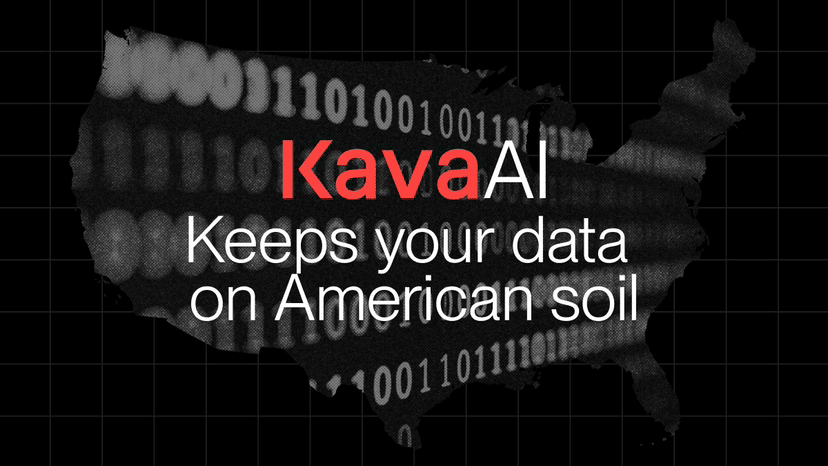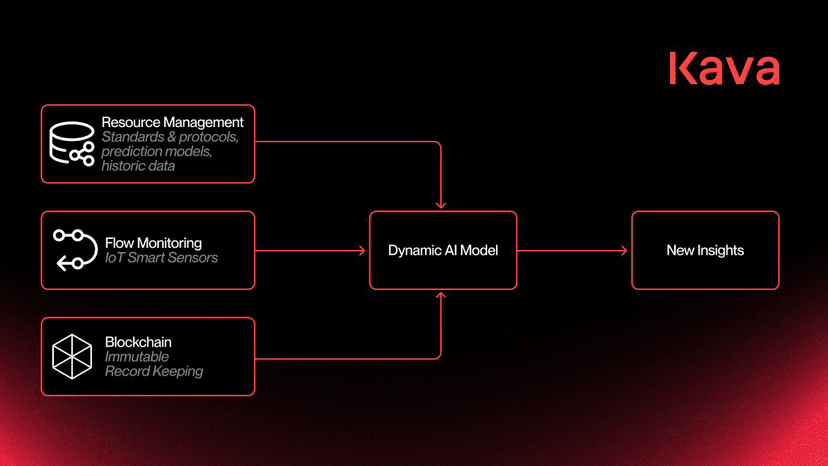Recently, this coin has suddenly gained popularity, brothers! 🤔 Feels quite interesting?
Did you buy this coin?
Anyone who has worked in public chain ecosystems knows that it's difficult to balance interoperability and developer experience. Kava's approach is straightforward: it uses Cosmos SDK at the base layer, inherently connects to IBC; at the same time, it opened an EVM Co-Chain, allowing Solidity developers to 'plug and play'. In short, it aims to integrate 'Cosmos's road network + Ethereum's toolchain' into the same L1.
What exactly is it? Kava is a PoS public chain, focusing on two points: first, connecting to the Cosmos multi-chain network via IBC; second, making the EVM environment a Co-Chain that 'coexists in parallel'. The direct benefits for developers are: they can reuse Ethereum's contracts, tools, and libraries, while also leveraging IBC for liquidity in and out of Cosmos, without having to deal with cross-ecosystem migration on both sides.
How is the architecture implemented? Kava divides the chain into Cosmos Co-Chain and Ethereum Co-Chain, with an 'internal bridge/translation layer' connecting accounts and assets, retaining common development paradigms (Solidity, Hardhat, etc.) on the EVM side, and supporting fast finality and IBC on the Cosmos side. The official documentation clearly states the positioning: KAVA is a governance and staking token, responsible for security and decentralization; on the ecosystem side, it is paired with basic components like indexers and oracles (such as RedStone), for DApps to connect and run directly.
Why has its popularity surged again after 2023? A key move was Tether placing the native issuance of USDt on Kava, which effectively established a 'official channel' for mainstream stablecoins in Cosmos. This is 'living water' for any DeFi scenario. Subsequently, protocols like Injective and Osmosis have also integrated with Kava's native USDt, filling the gap for stablecoins in the Cosmos ecosystem, and improving the cross-chain capital flow experience.
So what about Kava's 'old signature'? Many people first got to know Kava through the crypto-collateralized stablecoin USDX: staking mainstream assets to mint USDX, which is then used for trading and lending. Today, USDX seems more like one of Kava's early DeFi infrastructures; after the 'native USDt enters Cosmos', the main theme of the ecosystem has shifted to 'bringing mainstream stablecoins in and then sending them out through IBC'. For developers, you can enjoy the liquidity of USDT while also keeping the crypto-collateralized approach of USDX as a backup.
How are developer incentives provided? Kava launched a long-term incentive framework called Kava Rise. The official statement is '$750M scale of developer incentives', and the essence of the implementation path is distributing block rewards to protocol parties and stakers based on 'real usage'—Messari's research paper elaborated: 200 million KAVA will be distributed over four years, and block rewards will proportionally flow to the top 100 protocols and stakers. In simple terms: it's not 'giving money for TVL', but 'those who are genuinely useful get more'.
What role does the KAVA token play in the network? Three things: security (staking/delegated consensus), governance (proposals/voting), and serving as Gas/settlement. The staking model follows the Cosmos system: token holders delegate KAVA to validators to earn network rewards while bearing certain penalties; this mechanism, combined with developer incentives, forms a closed loop of 'security—application—traffic'. The intuitive feeling for external users is: deploying with EVM toolchain, using KAVA to pay fees, and moving cross-chain funds via IBC, the process is quite smooth.
A very common landing scenario (throwing an idea for product developers):
If you want to create cross-market market making/yield strategies, with funds primarily on Ethereum but target clients on Cosmos DEX. The approach is: transfer USDt from the Ethereum side through the official channel to Kava's EVM, then distribute it to the target appchain (like Injective, Persistence, etc.) via the internal bridge and IBC, and do LP/market making on the destination chain; when settling or rebalancing, bring funds back from IBC to Kava, then back to Ethereum. The whole process eliminates the third-party 'black box bridge', making compliance and risk control more interpretable. Users 'understand', and you 'run smoothly'.
In terms of user experience and toolchain, Kava's selling point is not 'flashier TPS', but 'low migration cost + high interoperability'. You can directly run existing Solidity code, supported by common indexing/oracle components; and funds can enter a broader Cosmos area via IBC. For the team, this means savings in R&D (no need to relearn new paradigms), improved capital efficiency (native USDt as a base), and an expanded market space (reaching both EVM and Cosmos).
The significance of Kava's establishment is not to 'recreate an EVM', but to find a main route for EVM to enter Cosmos; and it's not about 'recreating a stablecoin', but about bringing the most mainstream USDt natively into IBC. If you want to build cross-ecosystem DEX, perpetuals, yield aggregators, on-chain risk control, or even on-chain settlement for AI Agents, Kava provides 'ready-made roads + signposts + toll booths'. It’s important to note that any designs related to cross-chain and stablecoins must incorporate your own risk control and monitoring, not just look at incentive posters. You can start with small fund flows, 'get familiar with the route', and then expand your positions, which is more stable.
@kava #KavaBNBChainsummer $KAVA